In the logistics and transportation industry, the semi-trailer plays a pivotal role, particularly the widely utilized 53-foot model. Knowing its dimensions and how it integrates with the truck is crucial for operators, fleet managers, and logistics coordinators. This article delves deep into the specifics, dissecting dimensions, configurations, implications for transport regulations, and practical considerations that also serve to guide purchasing decisions.
The Standard 53-Foot Semi-Trailer Dimensions
Length and Width
- Length: A 53-foot semi-trailer typically measures exactly 53 feet (636 inches) in length. This standard dimension allows for optimal cargo capacity while conforming to regulations imposed by the Federal Motor Carrier Safety Administration (FMCSA).
- Width: The standard width of a 53-foot semi-trailer is 8.5 feet (102 inches). This width is not only the legal maximum for freight carriers but also crucial for ensuring stability while on the road.
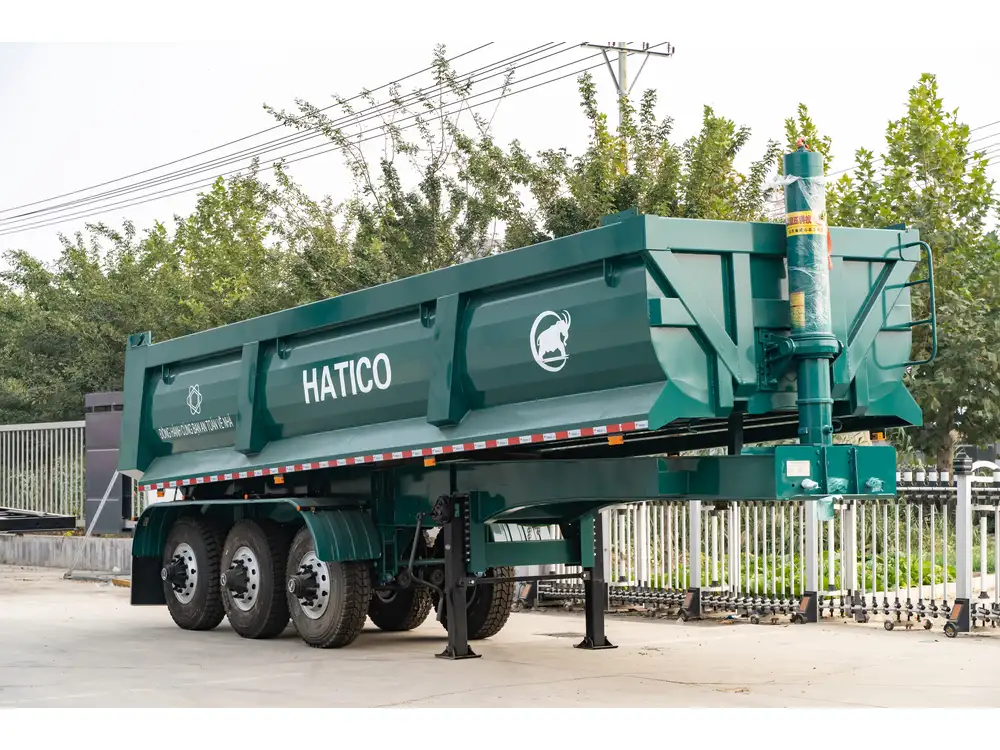
Height and Weight Considerations
- Height: The height of a 53-foot semi-trailer generally ranges from 13.5 to 14.5 feet. This is critical for assessing bridge clearance and ensuring safe passage through tunnels.
- Cargo Capacity: A typical 53-foot trailer can carry between 26,000 to 30,000 pounds of cargo, depending on the trailer’s specifications and weight distribution. It’s essential for operators to calculate payload accurately to avoid overloading, which can lead to safety hazards and legal infractions.
Detailed Specifications Table
| Dimension | Measurement |
|---|---|
| Length | 53 feet |
| Width | 8.5 feet |
| Height | 13.5 – 14.5 feet |
| Max Payload | 26,000 – 30,000 lbs |
| Total Length w/ Tractor | Approx. 70 to 75 feet |
Semi-Trailer and Truck Configuration

Overall Length with a Tractor Unit
The total length of a 53-foot semi-trailer when coupled with a truck (tractor) generally extends anywhere from 70 to 75 feet. This total length can fluctuate based on the tractor’s design and rear overhang.
What’s Included in the Overall Length?
- Tractor Length: Average tractor units typically measure between 16 to 20 feet in length.
- Coupling Mechanism: The hitch and alignment hardware can add additional length, contributing to the overall measurement.
Drawbar Lengths
Understanding drawbar lengths – the distance from the center of the tractor’s rear axle to the trailer’s kingpin – is essential, especially when considering turning radiuses. Drawbars typically range between 48 to 60 inches.
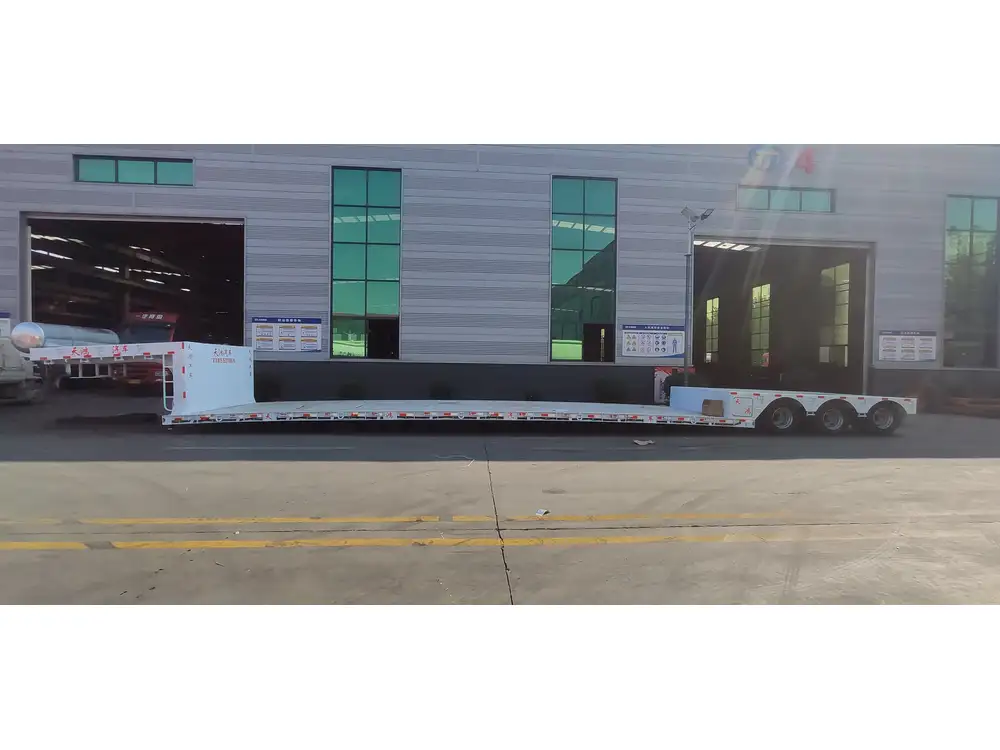
Regulatory Implications of Size
Federal Regulations
The Federal Motor Carrier Safety Administration lays out clear regulations governing the trucking industry. Key points include:
- Maximum Legal Length: The total combination of truck and trailer cannot exceed 75 feet in most states.
- Axle Limitations: Depending on the number of axles, weight distribution is dictated by law to maintain road safety and reduce wear on public infrastructure.
State Variances
Some states have unique requirements, which may include additional permits for oversized loads if the total length exceeds the standard dimensions. Operators should always verify local regulations to avoid fines and ensure safety.
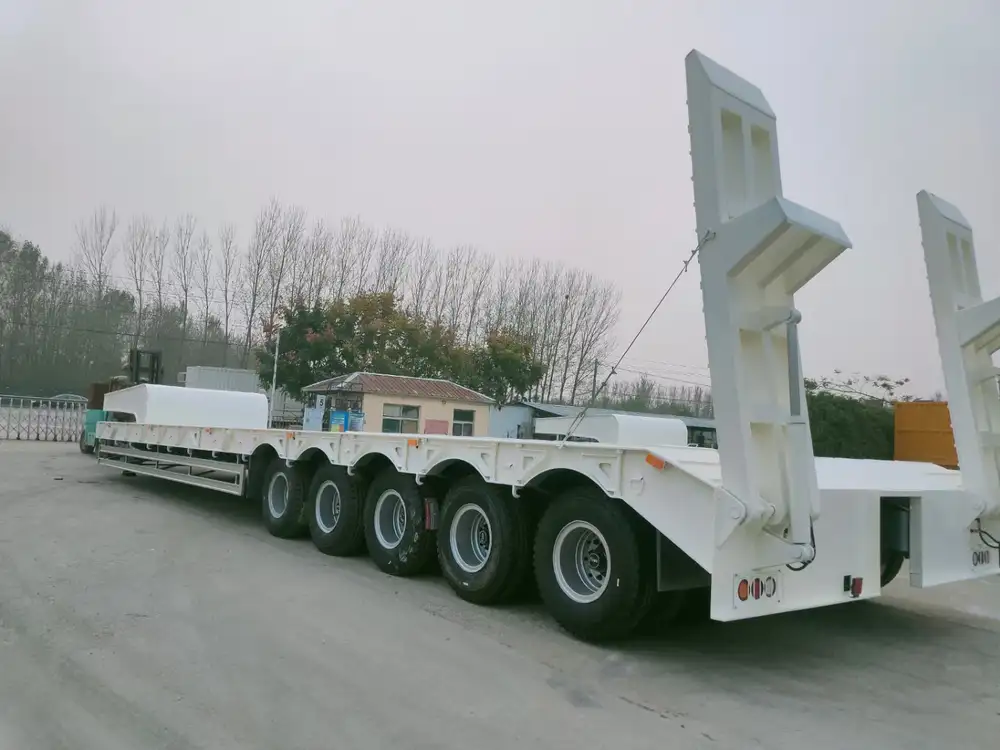
Practical Considerations for Fleet Managers
Choosing the Right Semi-Trailer
When selecting a semi-trailer for your fleet, factors to consider include:
- Cargo Type: Different trailers cater to various cargo types, such as dry vans, refrigerated containers, or flatbeds.
- Weight Distribution: Proper weight distribution ensures safety and compliance with axle weight limitations.
- Aerodynamics: Modern trailers often include features that enhance aerodynamics, improving fuel efficiency.
Maintenance and Upkeep
Regular maintenance of both the tractor and semi-trailer is crucial. Following a strict upkeep routine can prevent costly repairs and extend the lifespan of the vehicles. This includes:
- Tire Maintenance: Regularly checking tire pressures to ensure optimal handling and fuel efficiency.
- Brake System Inspection: Brake systems must be maintained to safeguard against brake failure, which can be catastrophic.
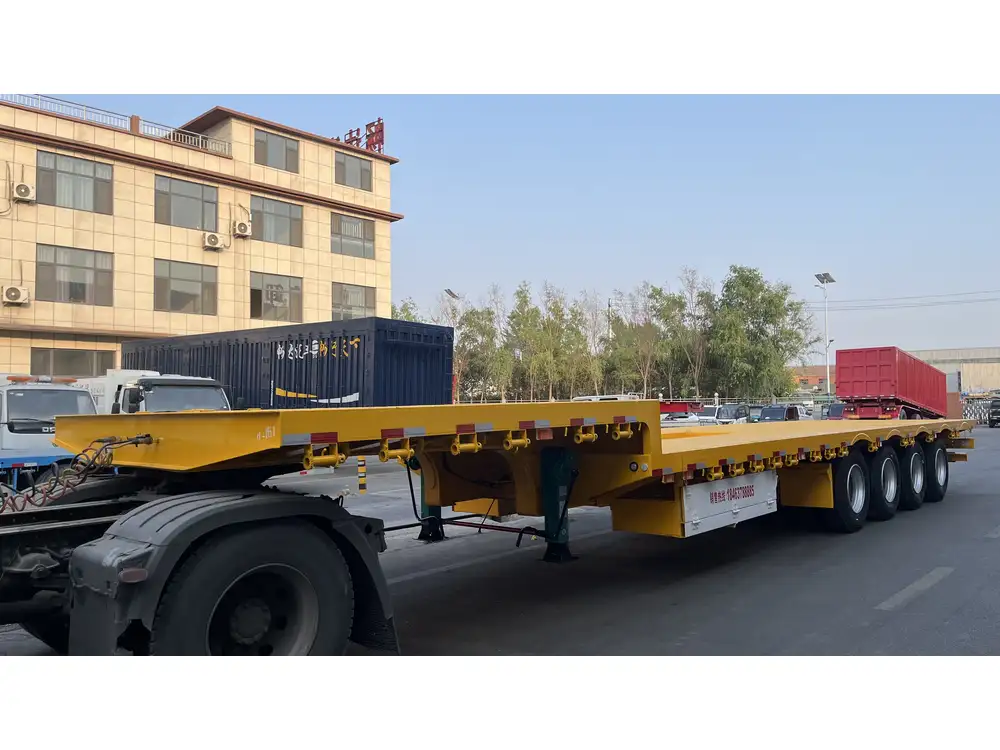
Engaging in Load Management
Tetris-like Efficiency
Loading a semi-trailer is akin to playing Tetris; maximizing the space while adhering to weight regulations is imperative. Techniques that can be utilized for efficient load placement include:
- Using Pallets: Standardizing your load with pallets can improve loading efficiency and space optimization.
- Prioritizing Heavier Goods: Place heavier goods on the bottom and distribute weight evenly to maintain stability during transit.
Restrictions and Considerations
Understanding the maximum dimensions for loads is critical to avoid legal challenges during transportation. Items exceeding width limits typically require special permissions and routing.

Future Trends in Semi-Trailer Design
The logistics industry continues to evolve, prompting designs that respond to the changing landscape:
Telemetrics and Smart Trailers
Innovative technology, such as telemetrics, is being integrated into trailers, allowing for real-time data on cargo, tracking, and container temperature regulation. These advancements lead to:
- Enhanced Security: Monitoring system triggers alerts if unauthorized access occurs.
- Improved Efficiency: Data analytics can help identify opportunities for improvement in routing and resource allocation.
Sustainability Initiatives
The trend towards sustainability is ever-present in the transportation sector. Eco-friendly designs focus on reducing fuel consumption and emissions, potentially leading to a paradigm shift in semi-trailer manufacturing.
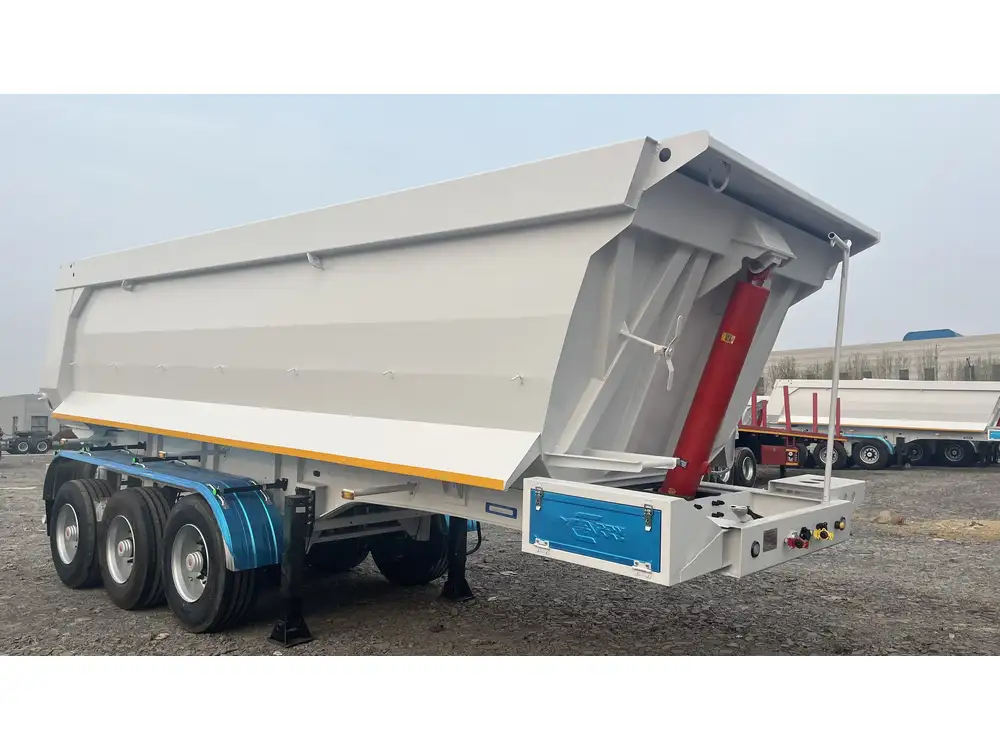
Frequently Asked Questions
1. What is the standard overall length when a 53-foot semi-trailer is coupled with a tractor?
The standard overall length typically ranges from 70 to 75 feet, depending on the tractor’s size and configuration.
2. Are there specific regulations for transporting oversized loads?
Yes, regulations vary by state. If the total length exceeds permissible limits, special permits may be required.
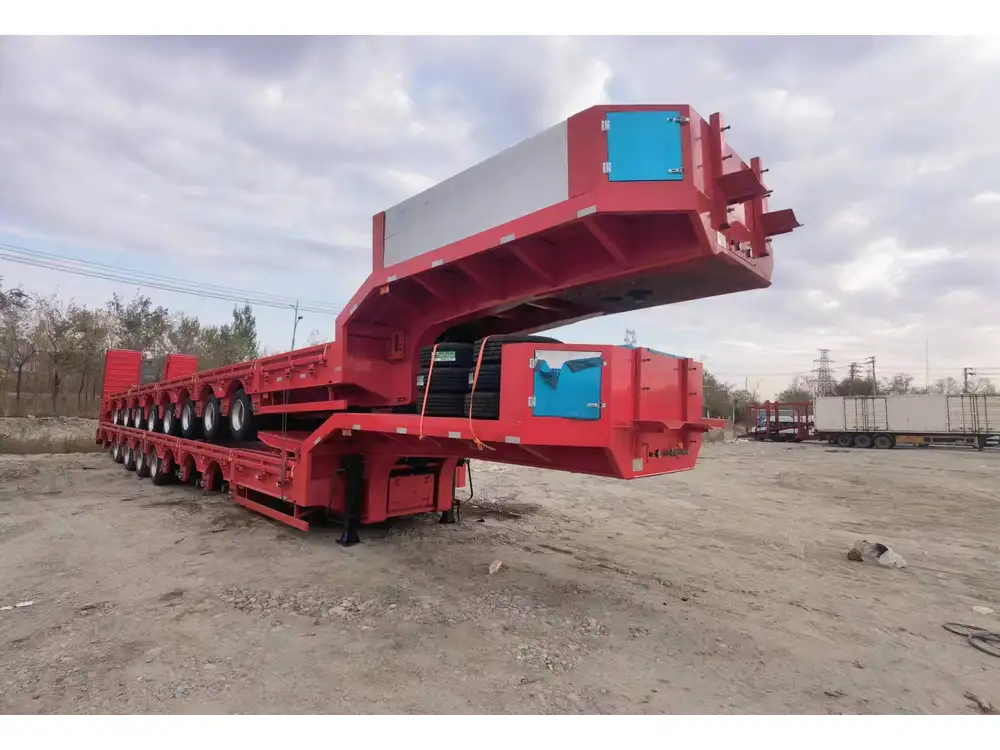
3. How much weight can a 53-foot semi-trailer carry?
A standard 53-foot semi-trailer can carry between 26,000 to 30,000 pounds of cargo, although this can vary based on specific trailer specifications.
4. What factors affect the choice of a semi-trailer?
Key considerations include the type of cargo, weight distribution, dimensions, and overall efficiency features.
5. How often should semi-trailers be inspected for maintenance?
Regular inspections should occur at least once per month, while critical systems such as brakes should be evaluated more frequently.
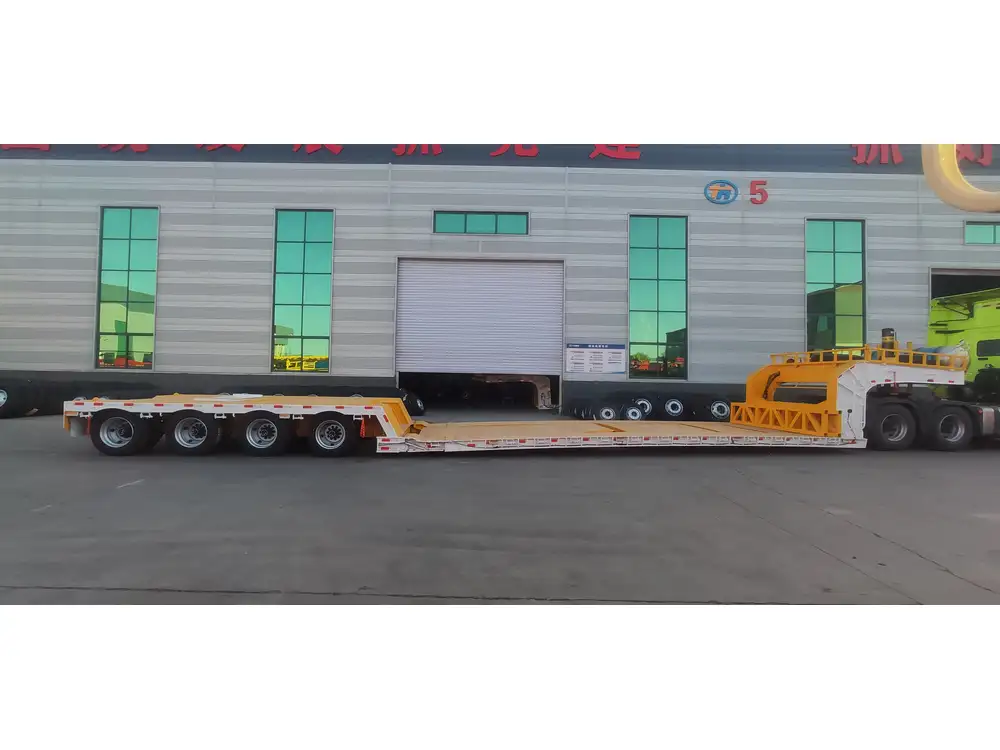
Conclusion
Understanding the dimensions of a 53-foot semi-trailer, especially when coupled with a truck, is not merely about knowing numbers; it’s about comprehending the implications related to load management, regulatory compliance, and operational efficiency. By grasping these details, operators can boost productivity, ensure safety, and solidify their stance in a competitive industry landscape. Transitioning into modern technology and sustainable practices will only index the significance of such knowledge. With a clear understanding of these elements, navigating the logistics landscape becomes not just feasible but also fruitful and strategically advantageous.



